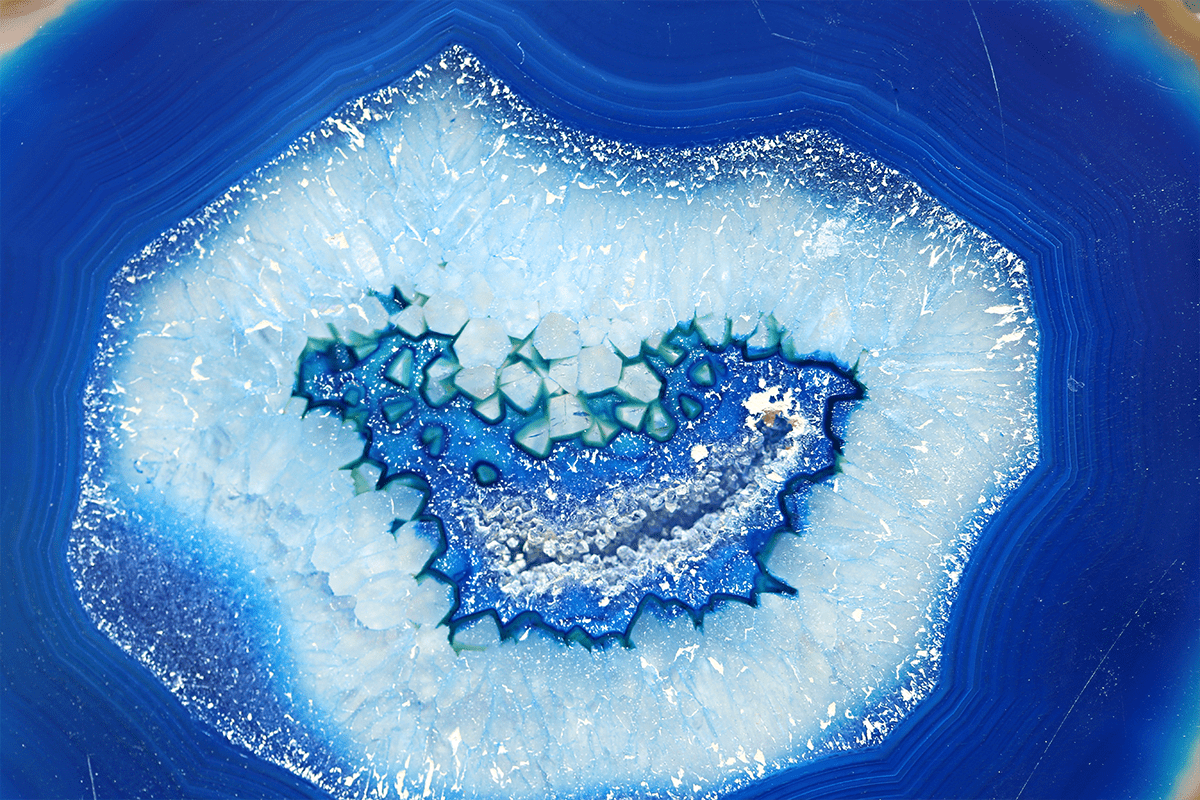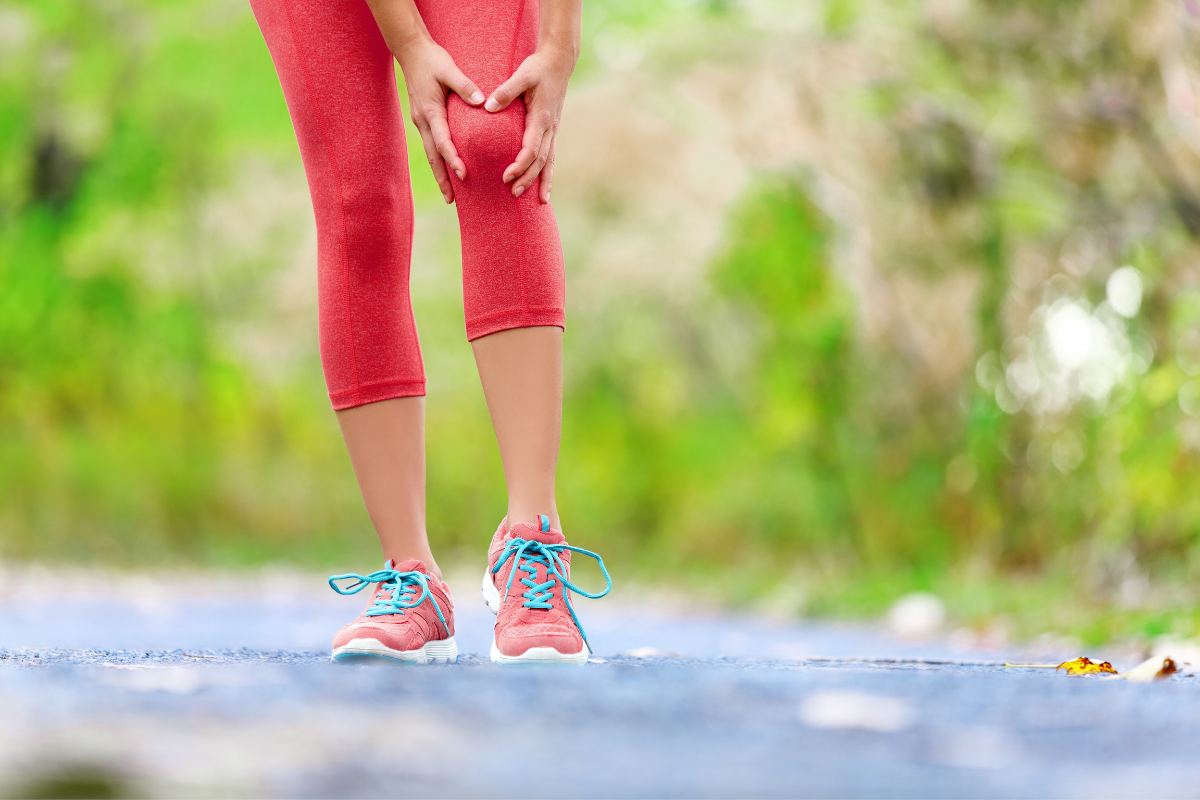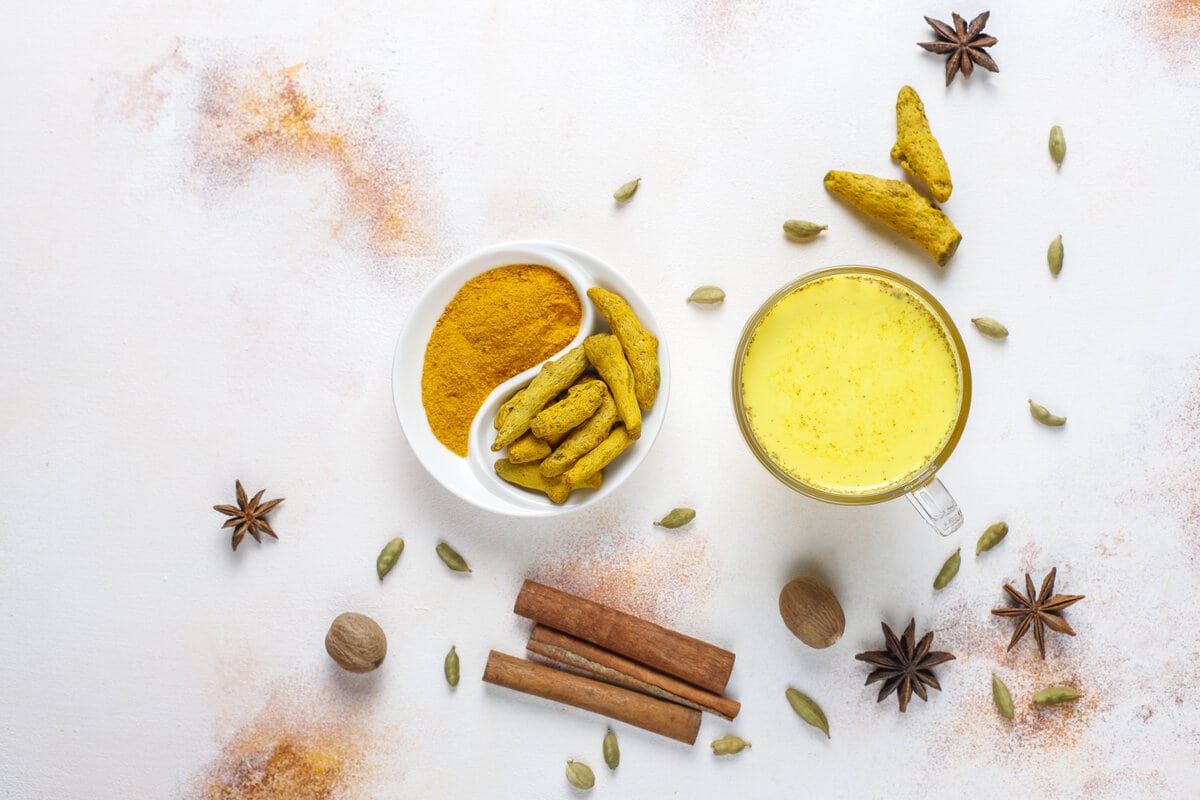Learn everything about organic silica

Table of Contents
What is silica?
Silica is the second most abundant element on the planet after oxygen! It is a natural mineral that belongs to the category of metalloids, ie sometimes it behaves as a metal and sometimes as a non-metal.
It is symbolized by “Si” and should not be confused with silicone, which has different physical and chemical properties than silica. Silica is usually found in the form of complex silicon minerals, and less often in the form of silica dioxide (SiO2), which is the main constituent of common sand. [1]
It is necessary for the formation of collagen for healthy bones, connective tissues, nails, skin and hair, while it is needed to maintain arteries’ health. Also silica is absolutely necessary for the process of respiration.
Organic silica
Organic silica is often found in the form of silica, a combination of silicon and oxygen, also known as silicon dioxide (SiO2). The form of silica, called silicic acid, is highly absorbable and useful as a silica transporter in the body.
Silicon dioxide is widely used as an anti-caking agent in flour-based baking mixes. Also known as synthetic amorphous silicon (SAS), it is widely used in food products as a thickener, anti-caking agent and carrier of aromas and flavors [5].
The metals boron, calcium, magnesium, manganese and potassium are needed for the efficient utilization of silicon. Also, for its effective absorption by the body, physical activity and exercise are necessary.
Where does silica help?
Properties
Collagen-containing tissues such as the heart, blood vessels, bones, joints, skin, hair and nails need silica to grow and function normally. In addition, silica contributes to the health of the gastrointestinal tract and nervous system.
Growth
From an embryonic stage, the human body has very high concentrations of silica, due to its role in the formation of tissues, bones, ligaments, cartilage, blood vessels, and skeleton. Therefore; a diet sufficient in silica is essential for the healthy development of children.
Psoriasis
In psoriasis it has been found that there is a lack of silica and therefore taking this element is beneficial and helps in the healing of skin lesions.
In a randomized, double-blind study, patients with chronic psoriasis (plaque type) were either treated with 30 ml of colloidal silicic gel orally, daily and topically with the same gel (n = 15), or received a placebo (n = 15) for 3 months. In the treated group there were clear improvements in scaling, induration and erythema after treatment. [6]
Anti-aging
Silica is essential for the formation and maintenance of body connective tissue, and collagen. It is one of the most important anti-aging factors.
Silica helps maintain more youthful and firm skin by enhancing collagen production and reducing the appearance of fine lines and wrinkles. A 2005 study found that silica improved the rough texture of women’s sun-damaged skin. [7]
Bone and joint health
Silica helps the body absorb calcium, which can be a key factor in fighting osteoporosis or normal bone loss over the years.
Adequate silica intake is very effective in preventing the worsening of osteopenia and osteoporosis in menopausal women, while as a key element in collagen synthesis, it also helps to treat stiffness.
Inflammations
Silica is considered to be effective in relieving joint pain, while also improving other degenerative diseases, including inflammatory joint disorders, atherosclerosis, and osteoporosis. Silica stimulates the immune system and reduces inflammation.
Gastrointestinal system
Colloidal silica in gel form is very effective in treating gastrointestinal symptoms such as indigestion and stomach upset.
It has the property of binding pathogenic microorganisms and toxins, as well as intestinal gases in the gastrointestinal tract, and then eliminates them naturally. Immediately relieves symptoms such as stomach upset, bloating, nausea, burning sensation, diarrhea, flatulence.
In a study conducted, it appeared that the maximum effect was observed after several weeks of treatment, with a noticeable improvement that is often already obvious after 3 weeks. [8]
Cardiovascular health
Silica helps to strengthen blood vessel walls, improving their elasticity. In addition, it enhances cardiovascular health and reduces plaque formation on arteries’ walls, which is the leading cause of atherosclerosis. Silica helps to keep the arteries in good condition and helps prevent the formation of cholesterol.
Hair, skin and nails
Adequate silica intake prevents the breakdown of collagen found in hair, skin and nails, contributing to the elasticity and durability of the skin, the growth of thick and shiny hair and the maintenance of strong nails. It is also a natural remedy for seasonal hair loss, and for brittle nails.
A 2007 study of 48 women with thinning hair found that their hair grew stronger after taking 10 mg of silicon for 9 months. [9]
Silica also enhances tooth enamel and helps prevent tooth decay. Topical application of silicon gel to the skin helps prevent the formation of scar tissue.
Nervous system
Silica stimulates the nerves and the brain. Helps deal with lethargy and loss of concentration and memory. Studies have shown that it binds to aluminum and neutralizes its toxicity. For this reason, its action has been studied for the prevention of Alzheimer’s disease.
Which foods contain silica?
Almost 30% of our planet’s crust is made up of silicon, so it is no surprise that it is also found in food.
Silica is found naturally in some foods and is added to many products and supplements. It is commonly used in the form of silicon dioxide, as an ingredient in foods and supplements to prevent the ingredients from accumulating or sticking together. It is sometimes added to liquids and beverages to control foam and thickness. [2]
The following are some foods rich in silica [2]:
1. Green beans
Green beans are one of the richest vegetables in silica. One cup has about 7 mg of silica.
2. Bananas
When it comes to fruits, bananas are one of the best sources of silica. A medium-sized banana has 4.77 mg of silicon dioxide.
3. Leafy Greens
Many different types of leafy greens are sources of silica. For example, a 2 tablespoon serving of spinach contains 4.1 mg of silicon.
4. Brown rice
Although every type of rice contains silica, brown rice has the highest content. Three full tablespoons contain 4.51 mg of silica.
5. Cereals
Of the 18 foods with the highest silica content, 11 are cereal products and oats are at the top of the list. Two tablespoons of oat bran contain 3.27 mg of silicon.
6 Lentils
Red lentils are super rich in silicon dioxide, with 1 tablespoon containing 1.77 mg.
7.Beer
Beer has more silica per portion than any other food or drink! Silica is obtained during the brewing process by means of a hot mashing technique and is more present in the lager type. [2]
All plants contain silica, some more than others: nettle and bamboo are best known for their high silica content. [3]
In addition, silica is obtained from seaweed powder (Lithothamnion corallioides), which is a source of silica. Silicais found in many unprocessed grains and in some seafood sources, including mussels. [4]
Food processing can reduce food silica levels by up to 98%, as well as a daily diet rich in fats, starch and simple carbohydrates.
Dietary supplements with silica
Silica levels decrease with age. Increased silica needs can be met by taking dietary supplements. Silica supplements are available in liquid form, such as oral organic silica, in tablets and capsules.
Dosage
No recommended daily dose for silica has been set. The therapeutic dosage is 200-500 mg with at least 10% yield in organic elemental silica.
The upper safe limit has been reported as 700–1.750 mg per day. Silica is water soluble, so the excess is excreted from the body in the urine. [10]
Lack of silica
People who have had a gastrectomy are likely to have lower levels of silica in their blood. [11]
Symptoms of silica deficiency are fatigue, inability to concentrate, disturbed sleep, physical exhaustion. In the absence of silica, runny nose or mucus and phlegm might occur.
Prolonged silica deficiency causes delayed bone growth, atrophy of many organs, premature aging of skin, nails and hair and loss of tissue elasticity.
Side effects
If silica is taken from the Horsetail plant, it should be noted that this is not an herb that should be used continuously on a long-term basis, as it can cause stomach upset. [10]
Safety tests on the use of organic silica have shown no toxicity to either topical or oral administration. Long-term intake of silicon can lead to vitamin B1 deficiency, so concomitant intake of vitamin A is recommended.
People suffering from diabetes, kidney failure or edema should avoid taking silica. It is not recommended to be taken during pregnancy and breastfeeding, or by children.
Find in vita4you.gr nutritional supplements with silica.
Bibliography
- Silicon Dioxide
- Sending Out an SAS: The Latest on Silicon Dioxide
- Colloidal silicic acid for the treatment of psoriatic skin lesions, arthropathy and onychopathy. A pilot study
- Use of silicon for skin and hair care: an approach of chemical forms available and efficacy*
- Silicea Gastrointestinal Gel Improves Gastrointestinal Disorders: A Non-Controlled, Pilot Clinical Study
- Effect of oral intake of choline-stabilized orthosilicic acid on hair tensile strength and morphology in women with fine hair
- Foods High in Silica
- Nettle-Silica
- A Mineral-Rich Extract from the Red Marine Algae Lithothamnion calcareum Preserves Bone Structure and Function in Female Mice on a Western-Style Diet
- Silicon – Uses, Side Effects, and More
- Silicon: A Review of Its Potential Role in the Prevention and Treatment of Postmenopausal Osteoporosis
Disclaimer
The content of this blogspot is not and can not be considered as medical advice, diagnosis or treatment. All information is provided to readers solely for informational purposes. There is no intention to substitute this content for personalized medical advice, diagnosis, prognosis or treatment.







Leave a comment